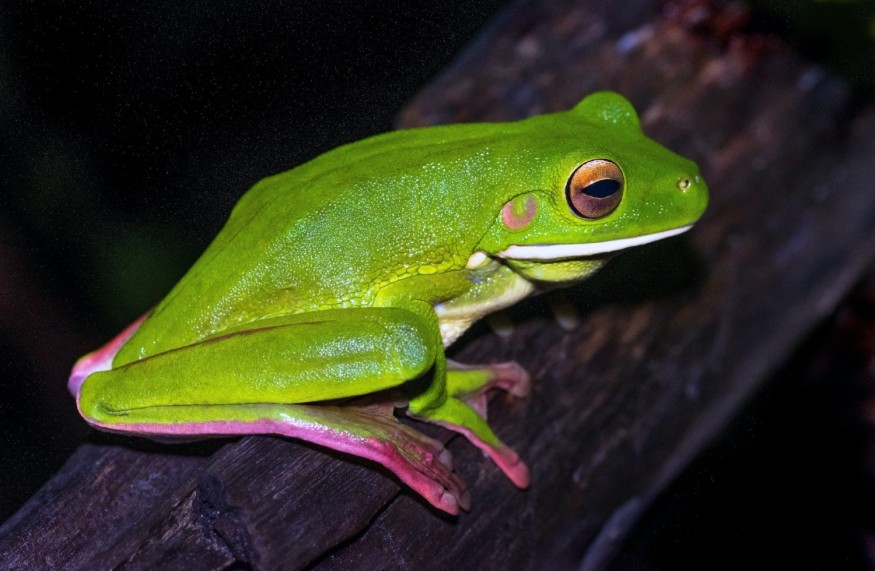According to researchers, there are indications that the native frog population in the Royal National Park may be ill as a result of coal pollution. Reports from EPA say otherwise.
After coal sludge repeatedly leaked into the local waterways that flow into the Royal National Park last year, the NSW Environmental Protection Authority is currently reviewing the Metropolitan colliery's license in Helensburgh, south of Sydney.
As part of their research into the effects of foreign chemicals introduced to freshwater ecosystems, Shannon Kaiser and Chad Beranek, both scientists, have been assessing the health of the local frog population.

At the pollution site, according to Kaiser, who is a Ph.D. candidate at Macquarie University, the two saw green stream frogs that appeared to be on the verge of passing away. Kaiser claims that they came across a frog that was lying on its back and unable to stand up.
That is used as a cutoff point for when to euthanize the frog because it is clearly struggling and does not have long to live. It is a fairly strong indication that the frog is near death.
The fact that this is only occurring at sites near the Hacking River and not at any other locations where coal sludge has not been found, he continued, is quite alarming.
Scientists alarmed at the discovery of sick frogs in Royal National Park river polluted by neighbouring coal mine. https://t.co/IrHdIjMQ8T
— Tim Fernandez (@TimFernandezz) January 8, 2023
Native Frogs vs. Coal Pollution
According to a September 2022 article in The Sydney Morning Herald, the water that streams through the Royal National Park is typically sparkling, but along Camp Gully Creek it is dark and murky and the river bed is covered in sludge following a pollution incident involving a nearby mine. Although there had not been reports, Kaiser and Beranek asserts their claim through their survey.
The surveys were conducted at Camp Gully Creek and the Hacking River, two major rivers that flow through the Royal National Park, between September and December last year.
Although it was challenging to prove a connection between the frogs' poor health and coal pollution, according to Kaiser, the animals were especially vulnerable to changes in their natural habitat.
Because of the way their skin functions, he claimed that frogs are especially sensitive to environmental change. Any chemicals that end up in the water can directly contact the frog, which can result in some pretty serious damage.
Kaiser is unsure if the coal sludge has that effect, but it may weaken their immune system because chytrid is a disease that kills frogs all over the world.
The frog's immune system may have been compromised by the coal sludge, which means that it may now be succumbing to the disease as a result of it being present in the area.
EPA Clean-Up
The EPA reported that work had now progressed from Camp Gully Creek downstream further into Hacking River since the cleanup of polluted waterways is still ongoing. An EPA spokesperson stated that since the middle of 2022, water samples have been taken downstream of the discharge location. To better understand the environmental impact and to guide the investigation, these are being examined for a variety of substances.
The results, according to the agency, show there is no risk dealt by the recent pollution incident to human health. According to ABC News, no effects on local wildlife, including frogs, have been seen by the EPA or reported by the community.
People are asking why no containment is being used for the clean-up. EPA explains that because the coal material's particles are so tiny, they float in the water column and proceed with the current. Booms and sediment fencing are two containment techniques that are intended to keep larger particle sizes or floating material in place. Due to the size of the particles, these methods would not work in this incident.
According to the NSW EPA, using water gates would stop all water flow and result in flooding, so they cannot be used.
Related article : Radiation Causes Darker Skin Colors in Chernobyl Frogs, Area Radioactivity Does Not Affect Them Now
© 2025 NatureWorldNews.com All rights reserved. Do not reproduce without permission.





